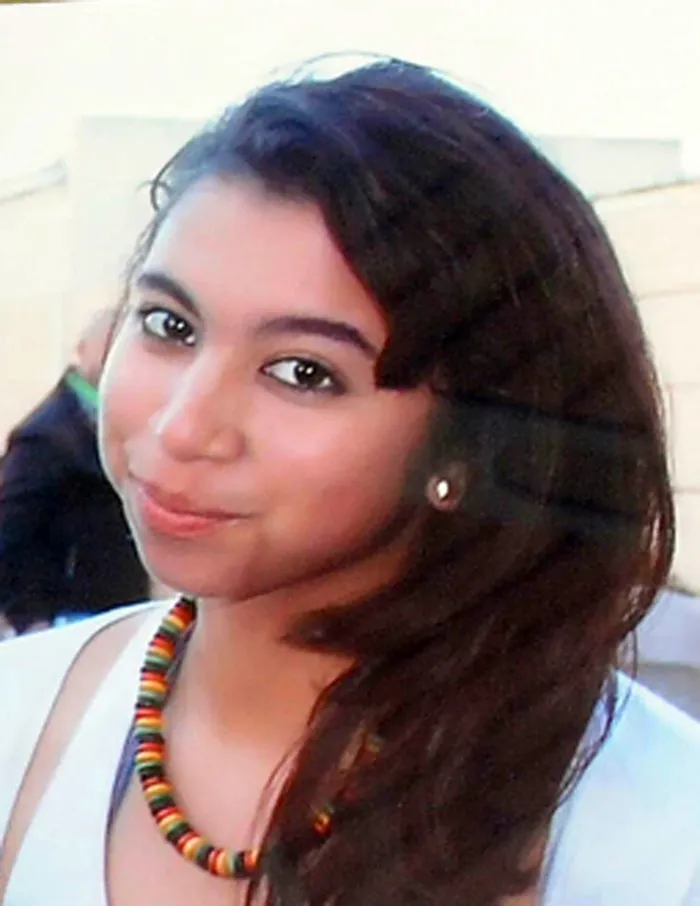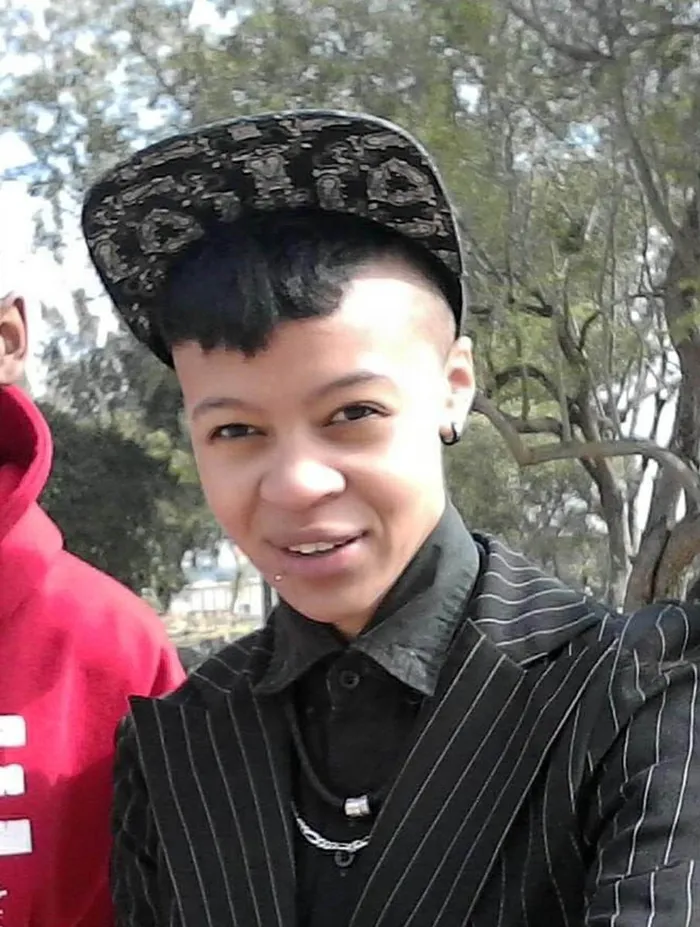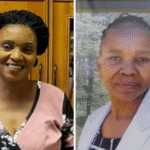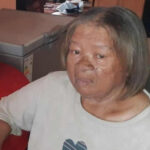Mitchells Plain, Cape Town – The Mitchells Plain Regional Court has been presented with harrowing details in the murder trial of Nadine Esterhuizen, allegedly committed by her estranged girlfriend, Corrine Jackson. The testimony has painted a picture of a crime so brutal that it has been described as one of the most horrific murders ever witnessed in Mitchells Plain.
Forensic State Pathologist Dr Varushka Bachan, testifying in court, revealed the gruesome scene discovered by investigators: pools of blood, a cup filled with blood, and clumps of hair ripped from the victim's head. The pathologist’s testimony further suggested that the attacker had attempted to behead Esterhuizen.

These shocking details have emerged during the trial, leaving crime fighters and the Mitchells Plain Community Policing Forum (CPF) deeply disturbed. Linda Jones, Public Relations Officer (PRO) for the Mitchell’s Plain CPF, expressed the collective sentiment after listening to Dr Bachan’s testimony. “She is a heartless killer," said Jones. “We have seen many crime scenes in Mitchell’s Plain, many shootings, faces being shot away, but the description of this crime scene, is beyond anyone’s imagination.”
Dr Bachan, who did not attend the crime scene but conducted the post-mortem, was asked by the State to provide her expert opinion based on photographs taken by her colleagues on the day of the murder, 27 September 2017.
On Tuesday, Dr Bachan detailed the extensive injuries sustained by Esterhuizen, who was just 18 and in matric at the time of her death. She described seven gaping wounds to Esterhuizen’s head, the severing of the sternocleidomastoid muscle in her neck (the largest in the neck), penetration of the jugular vein, and defensive stab wounds to her hands and arms. In total, Esterhuizen had been stabbed 21 times, with at least one wound to the left upper arm inflicted post-mortem.
The pathologist explained to the court that, based on the nature and location of the wounds, the killer would have had to be taller than the victim and positioned in a way that allowed them to inflict the wounds to the back of the neck and thyroid, indicating an intent to behead her. Dr Bachan demonstrated, by moving her head in a bending position, the angle of attack.
The court was visibly shaken as Dr Bachan described Esterhuizen’s body as it was found in the corner of the kitchen, lying in a pool of blood. She used the photographs to illustrate the scene, emphasising that the mass of blood loss was concentrated in that corner, indicating it was the location of fatality. Esterhuizen’s face was covered in dried blood, and her eyes and mouth were open.
When asked about the cause of death, Dr Bachan stated, “The mechanism of death being catastrophic blood loss,” caused by the perforating of the internal jugular vein. The State further inquired about what the photographs suggested, to which Dr Bachan replied, “That she was able to give a defensive stance.”
Dr Bachan also examined the blood splatter throughout the house. She noted that pools of blood were found in the kitchen, on the fridge, doors, and walls, as well as on items such as a cup that was standing on the counter. “It appears to have blood splatter inside,” she said, confirming that it was possible the cup contained only blood. Trails of blood splatter on the kitchen floor suggested that the victim had crawled, and her knees and jeans were also covered in blood.
Adding to the horror, Dr Bachan described clumps and strands of hair found on the kitchen floor, some of which had fallen onto Esterhuizen’s hand, possibly as she tried to defend herself from the head wounds. She testified that the hair had been ripped and torn out, rather than cut.

The trial has now been postponed to 4 and 5 November to allow Jackson’s legal team time to consult with an expert witness to provide an opinion on the blood splatter evidence presented by Dr Bachan. The defence is expected to challenge the pathologist's interpretation of the blood splatter patterns and their implications for the sequence of events.
The case has drawn considerable attention due to the sheer brutality of the crime and the tragic loss of a young woman on the cusp of adulthood. As the trial continues, the community of Mitchells Plain remains in shock, grappling with the details of a murder that has left an indelible mark on the area.

Follow Us on Twitter









